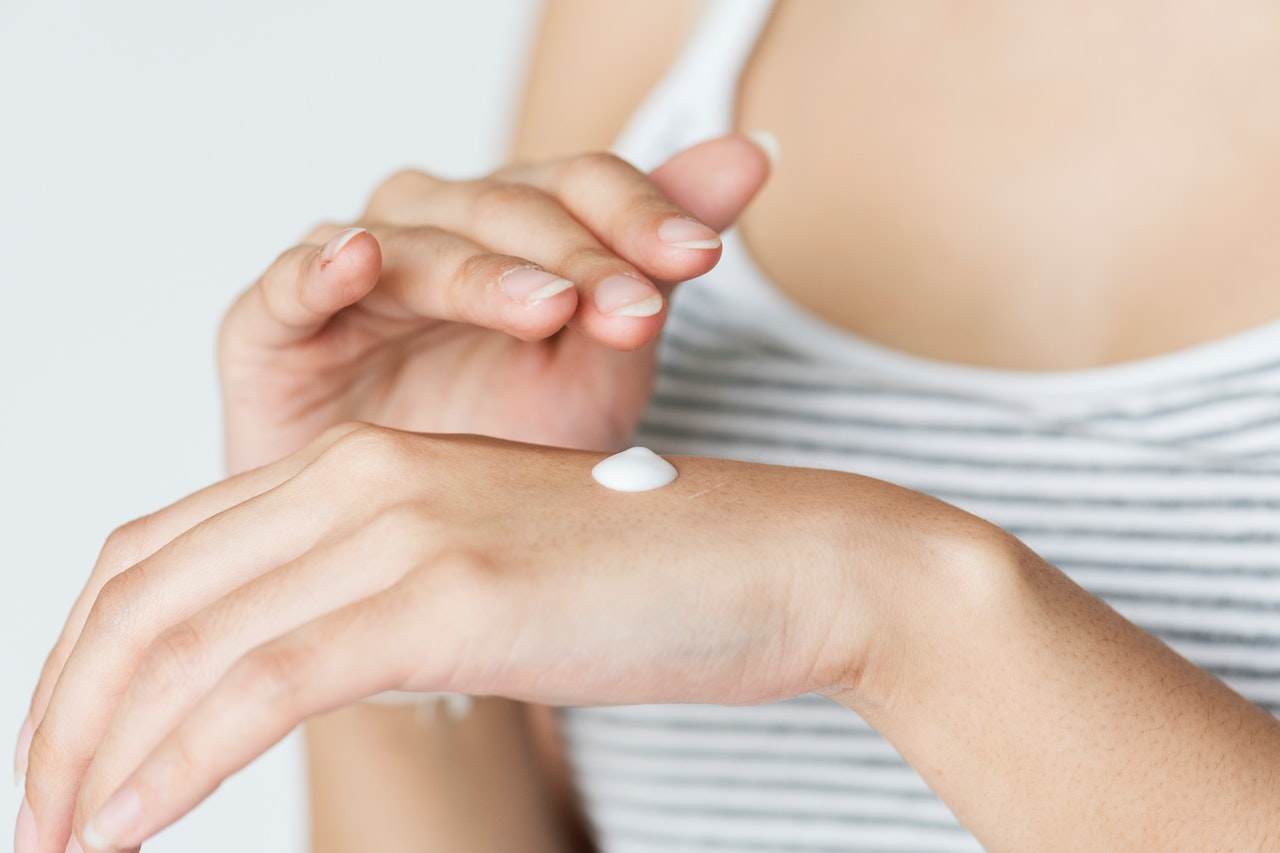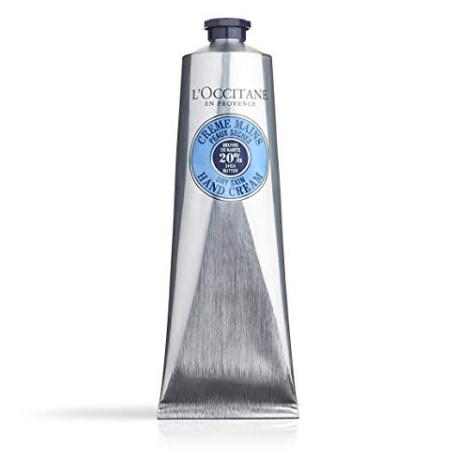What are wrinkled fingertips or pruney fingers?
Wrinkled fingertips or pruney fingers refers to a medical condition where your skin absorbs water and then folds or wrinkles over the surface. Apart from that, the situation might be due to some signals by the central nervous system on the skin and this leads to contraction of the skin.
In the event that the condition occurs, it takes proper diagnosis to pin down the cause and be able to employ proper management techniques and strategies. In some other cases, this condition may be as a result of normal aging process.
Wrinkled fingertips causes
1. Dehydration
Water is essential to maintain the elasticity of your skin. Dehydration therefore comes with loss of elasticity and hardening up of the skin.
According to the Mayo Clinic, the amount of water you should consume each day depends on various factors, including;
- How old you are
- How often and how intensely you exercise
- Where you live.
Staying hydrated is important to combat wrinkles, because as your skin loses moisture, it can become cracked or flaky.
You should ensure that you take at least 6 glasses of water on a daily basis to keep your cells hydrated. Dry skin saps your cells of moisture, causing them to shrivel up and make wrinkles more prominent.
Wrinkled Fingertips due to dehydration is a temporary condition as when the condition improves the wrinkling also improves but in case you keep on working despite the condition the hands can really get sore and damaged.
2. Soaking in water
During long periods of immersing hands in water, the skin on your fingers absorbs water. Specifically, the keratin-laden dead skin cells which are found in your uppermost layer of your skin, absorb the water.
Keratin is a protein found in skin, hair and nails, and it is a really good absorber of water. This water absorbability by keratin is the one responsible for the softening of nails after you’ve been in the bath. Where skin is thicker, it contains more keratin, and is therefore able to absorb more water in these areas.
Your hands and feet are areas where keratin is found in high concentrations in the skin, because keratin makes these areas tough to withstand hard work. Lots of keratin here means that these areas absorb more water than other areas of skin on your body.
When water is absorbed into the upper layer of the skin, the skin swells. The skin layers below this water-expanded area do not swell, and are still attached to the increasingly swelling skin cells above.
Eventually the swollen skin layer’s surface area is increased so much that it is forced to wrinkle, to accommodate the increased skin area on the limited space that is available on your fingertip.
Apart from that, it has been scientifically proven that, water submersion of the hands triggers nerves to fire off, and these nervous messages tell your skin’s blood vessels to constrict. As they constrict, the skin that is directly above them is pulled down, producing the deeper part of the wrinkles
3. Diabetes causes pruney, peeling fingertips
Diabetes is a modern day disease that is affecting so many people in our current generation. It is associated with so many other effects on the body. Wrinkled and peeling fingertips are also an accompanying condition.
Wrinkled Fingertips which is not caused due to dehydration or putting the fingers in water for too long then it may be a case of diabetes and it is advisable that the individual consult a physician to get that ruled in or out and start treatment if ruled in.
Dry and wrinkled skin can occur as a result of high blood glucose. When the blood glucose level is high, the body attempts to remove excess glucose from the blood by increasing urination. This loss of fluid from the body causes the skin to become dry.
Dry skin can also be caused by neuropathy (damage to the nerves) by affecting the nerves that control the sweat glands. In these cases, neuropathy causes a decrease or absence of sweating that may lead to dry, cracked skin. Cold, dry air and bathing in hot water can aggravate dry skin.
4. Lupus autoimmune disease
Lupus is a medical condition in which there is inflammation of the skin. Since it is an autoimmune disease the classic features of this disease include;
- swollen glands
- Reddish colored pale fingertips with wrinkles.
The immune system is triggered to start eating up the tissues of the hand.
If you have some of these symptoms then it is advisable that you get an autoimmune workup done to confirm the diagnosis of lupus and if a diagnosis is confirmed then you should start treatment for it.
If you suspect that you could be having lupus that causes your fingers to wrinkle, see a doctor as soon as possible for treatment of these symptoms and the underlying lupus disease that causes your fingers to prune.
If you have this disease already, you can help prevent the wrinkles on fingers by keeping your hands moderately moisturized, but not immersing them in water for a long time.
5. Thyroid problems
The skin is the house of our bodies – “our bag”. It is made up of an outer layer called the epidermis. The epidermis itself is formed by stacks of skin cells like bricks with mortar between them.
The bottom layer of the “brick wall” is made up of the mother cells. These cells divide on a regular basis and as these cells mature and progress up through the layers of bricks they eventually form a somewhat impermeable layer called the stratum corneum that protects us from our environment.
Underneath the epidermis is the foundation layer or the dermis. The dermis is made up of connective tissue and in it are the blood vessels, nerves, glands and hair. The functioning of the skin depends on the general status of the body and it is controlled by hormones like the thyroid.
In case you have Wrinkled Fingertips not caused by water and you have been ruled out for diabetes, lupus, or dehydration then thyroid disorder can be another cause related to Wrinkled Fingertips. It is therefore advised to be checked for a thyroid panel to include
- T3
- T4
- Free T3
- Free T4
- Antibody (thyroid hormones)
Thyroid disorders are common but most of the cases remain undiagnosed for far too long.
An underactive thyroid gland can cause a condition known as hypothyroidism. This can affect the skin in a number of ways.
First of all, a condition known as carotenaemia may develop, characterized by the skin turning yellowish in color. The skin may also become cold, pale and dry.
Dry skin may be more at risk for developing dermatitis, or an inflammation of the skin. Although there are many types of dermatitis, people with hypothyroidism may be likely to develop eczema craquelé (or Asteatotic Eczema)-conditions in which the skin becomes dry and itchy and cracks or splits open into irregular fissures/wrinkles.
It has also been noted that people with underactive thyroids may develop mucinoses-rare skin disorders caused by abnormal deposits of mucins (jelly-like connective tissue) in the skin.’
6. Liver problems and wrinkled palms
Your liver is the metabolic factory of your body, producing energy to sustain the thousands of functions performed every minute by all of your body’s cells. Your hair follicles need energy to grow strong shiny hair and your skin cells require energy to eliminate toxins and repair and regenerate themselves.
If your liver is not able to detoxify properly, toxins will then build up in your system and create free radicals that in turn promote cell damage in your skin.
On the other hand if your liver is not doing its job of breaking down toxins efficiently, they must be eliminated from your body by other means – in many cases they come out through your skin!
When excessive toxins build up in the deeper layers of the skin this causes inflammation to occur and this can manifest as skin, especially palm wrinkling.
7. Vitamin deficiency

Vitamins are protective minerals of our bodies. Your body needs some very essential vitamins that will help for the general well-being of the skin. The various vitamins available are key for the proper function required by the body.
For instance, the antioxidant properties of vitamin C (ascorbic acid) and its role in collagen synthesis make it a vital molecule for skin health.
- Dietary and topical ascorbic acid have beneficial effects on skin cells, and some studies have shown that vitamin C may help prevent and treat ultraviolet (UV)-induced photo damage
- The accumulation of oxidative damage to proteins is a distinguishing feature of both photo damage (photo aging) and intrinsic aging; such oxidative damage can lead to changes in skin structure. In addition to its antioxidant functions, vitamin C regulates the synthesis of the structural protein collagen. The role of vitamin C in the hydroxylation of collagen molecules is well characterized (46). Hydroxylation of collagen is necessary for its extracellular stability and support of the epidermis.
- To enhance the anti-wrinkle effects of vitamin C, you should combine foods rich in vitamin C with foods that contain vitamin E, another vitamin that can protect the skin from the sun. Vitamin C and vitamin E protect each other and are more effective when consumed together.
- Similarly, Vitamin D and B12 deficiency has also been shown to cause Wrinkled Fingertips. There is sufficient research showing the relationship between cracked and peeling fingers and inadequate vitamin D and B12
- A biotin deficiency might also lead to hand cracking. Biotin — also known as vitamin B-7 or vitamin H -helps to maintain healthy, moisturized skin tissue. A biotin deficiency causes dry, rough skin. Since the skin on your hands already likely comes into contact with other drying agents — such as detergents or antibacterial gels — a deficiency in biotin can potentially lead to extremely dry hand skin, which can lead to cracking.
- Deficiencies in thiamine, or vitamin B-1, and pantothenic acid, or vitamin B-5, might also contribute to cracking of the skin on your hands and thereafter wrinkles. Like vitamin C, these nutrients help the skin on your hands to heal itself.
Vitamins not synthesized by the body should therefore be provided in diet or as supplements to enable the body to continue functioning without stopping.
Wrinkled fingertips without water
The moment the skin is dry, it loses its elasticity and becomes vulnerable to forming wrinkles. But, from research it has been shown that shriveling skin on the fingers and toes is sometimes by the constriction of blood vessels beneath the skin surface.
Dry wrinkling fingertips point to various underlying health conditions. Some people report asymmetric prune fingertips, with only one hand showing signs of shriveling.
This may be associated with nerve damage in the fingers. The most likely cause, however, is that when the skin is dehydrated, it loses its flexibility and fails to resume its initial state.
Recently research pointed out that finger wrinkling is controlled by the sympathetic nervous system, a division of the peripheral nervous system that also controls other involuntary body functions such as breathing or digesting.
To explain this, our hands have to sense the aquatic environment in a distinctive way (we don’t have wrinkling in our arms, for example). The palm of the hand possesses an incredible amount of sweat glands, around 370 per cm2.
Each of those glands has a small duct to reach the surface of the skin and it is believed that when those are underwater, some amount of water can go through the duct and reach the gland inside the hand.
This process is thought to be sensed by the sympathetic nervous system that in turn reacts by reducing blood flow through the vessels of the finger.
Now blood vessels have restricted blood, which reduces their volume, and this situation causes the skin to shrink inward, forming the wrinkles we observe after taking a bath.
Dry pruney fingers
Over a very long time, it has been known that the pruning and wrinkling of fingers and toes was caused by the outermost layer of skin absorbing water.
Recent studies by Kyriacos Kareklas and Tom Smulders of Newcastle University in England have showed the wrinkling comes from the nervous system constricting blood vessels in the skin.
When the blood constricts, it reduces the volume of the fingertips and pulls in the skin. So even though you feel like your fingers have swelled in the water, their volume has actually decreased. If the nerves in your fingers are damaged or cut, your skin will no longer wrinkle in water.
According to Nature News International Weekly Journal the pruney fingers point to the change being an involuntary reaction by the body’s autonomic nervous system —the system that also controls breathing, heart rate and perspiration. In fact, the distinctive wrinkling is caused by blood vessels constricting below the skin.
Treatments for wrinkly fingertips
There are various approaches you can have to deal with wrinkled fingertips. The remedies range from home remedies to hospital remedies. The hospital remedies involve use of drugs and advanced machines to deal with the situation.
Home remedies are simple and straight forward approaches you could explore to deal with the condition.
Home remedies

1. Moisturizing of the hands:
In as much as it will not heal the wrinkles, moisturizing will help to plump the skin and thus make the wrinkles less visible. Our favourite moisturizing creams is the one from CeraVe (Check price on Amazon)
2. Fenugreek:
It is rich in vitamins and minerals that are beneficial to wrinkles. In order to use this remedy, just grind a few tablespoons of fenugreek leaves and then dissolve them in water to make a paste.
After that, apply the paste all over your hands and once it has dried, leave it on overnight. Wash it off the skin in the morning. Repeat this treatment for a week and you will be able to see an improvement in those fine lines and wrinkles.
3. Aloe Vera:
The malic acid in aloe vera is touted to improve wrinkles by increasing skin elasticity. In order to use it, follow the following steps:
- Get a fresh leaf from an aloe vera plant
- Apply the gel oozing from the leaf all over the back of your hands
- Allow it to sit on for 30-45 minutes
- Wash it off with water
We highly recommend organic cold pressed Aloe Vera gel (Check price on Amazon)
4. Lemon and Sugar Remedy:
Helps to reduce the appearance of wrinkles and fine lines on your hands and when mixed with the scrubbing properties of sugar, the remedy can be particularly beneficial. In order to use, follow the following simple steps:
- Mix lemon juice freshly squeezed from half lemon with 1 teaspoon of sugar,
- Stir thoroughly to dissolve the sugar and then massage the mixture on the back of your hands in circular motions.
- Wash it off after 15 minutes.
- Repeat once daily for one week.
5. Glove treatment:
Apply Vaseline on your hands and then wear a pair of gloves before bedtime. In the morning, the skin will not only feel soft but will be less wrinkled.
Other than that, behavioral changes at home can be of great benefits with regards to reducing wrinkled fingertips.
Quit smoking and excess drinking:
Although not the easiest of options, giving up smoking may help slow down the ageing process of the fingertips
Get enough sleep:
Although there is still no adequate scientific evidence, many experts agree that getting at least 7 hours of sleep everyday will in the long-term result in better physical and mental health in addition to better quality of the skin.
Hospital remedies can also be very beneficial and very effective in treating wrinkly fingertips. They are majorly creams:
L’Occitane Shea Butter Hand Cream:
penetrates quickly to protect, nourish and moisturize hands. Honey, almond extracts and coconut oil are blended with Shea Butter to create this extremely effective formula.
The rich texture leaves hands soft and smooth with no oily traces, and can be applied as often as needed.
Another one is the Avon Moisture Therapy Intensive Hand Cream: It is used for dry hands moisturizes for days with Hydra boost Technology that lasts for 72 hours. Fragrance-Free formula is non-irritating and reduces redness! Comes in a 4.2 fl oz. container. It has several benefits in that:
- It reduces redness
- Moisturizes skin for 72 hours with Hydra boost Technology
- Softens and soothes rough skin
- It is Hypoallergenic
- It has been tested by Dermatologists
The use of any remedy for the wrinkles and prunes on your hands should be done in great consultation with your medical personnel and specifically dermatologist.
If a remedy is used wrongly, it is likely to bring about side effects that could be very detrimental to your health.
Reference and Sources
- https://saveourbones.com/dehydration-and-osteoporosis/
- https://www.york.ac.uk/media/cll/documents/wrinkledfingers.pdf
- http://www.epainassist.com/sports-injuries/finger-injuries/wrinkled-fingertips-or-pruney-fingers
- http://lpi.oregonstate.edu/mic/health-disease/skin-health/vitamin-C
- http://mappingignorance.org/2015/08/10/why-your-nervous-system-wrinkles-your-fingers/



